In 1964, Shinkansen (which means "new trunk line" and is also known as the bullet train) between Tokyo and Shin-Osaka became the world's first high-speed railway system, running at a maximum business speed of over 200 km/h (130-160 mph).
2000
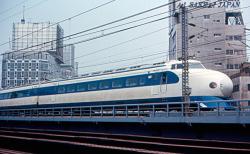
State: Tokyo-to Zip: 100-0005 Country: Japan Website: https://www.asme.org/about-asme/who-we-are/engineering-history/landmarks/211-tokaido-shinkansen Creator: Shima, Hideo
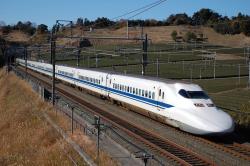
The Tokaido Shinkansen, the world's first inter-city, high-speed railway system, began operations on its route of over 500 kilometers between Tokyo and Osaka more than thirty years ago, in 1964. After its establishment, the Tokaido Shinkansen made a major contribution to Japan's rapid post-war economic growth as the country's principal transportation artery. Today (1997), more than two hundred and eighty Shinkansen trains operate between Tokyo and Osaka each day, with eleven departures an hour at peak times, and a daily ridership of more than 360,000 passengers.
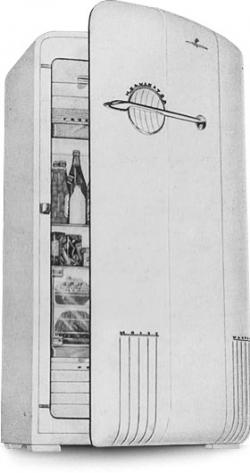
This collection includes many examples of advances in mechanical refrigeration for residential and commercial applications, dating from about 1890 to 1960. Such devices dramatically improved food storage safety and convenience and set high standards for mechanical reliability. The RRM collection contains products of such pioneers in the refrigeration industry as Frigidaire, Philco, Sunbeam, and Tecumseh. An archive is available to help researchers trace the history of the refrigeration industry.
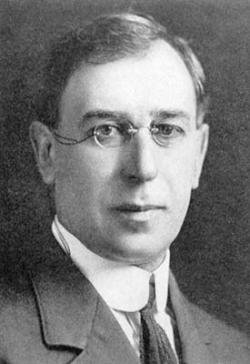
In 1900, Moses Gomberg, Professor of Chemistry at the University of Michigan, confirmed the existence of a stable, trivalent organic free radical: triphenylmethyl. In so doing, he challenged the then prevailing belief that carbon could have only four chemical bonds. Gomberg’s discovery made a major contribution to theoretical organic chemistry and fostered a field of research that continues to grow and expand. Today, organic free radicals are widely used in plastics and rubber manufacture, as well as medicine, agriculture and biochemistry.

For more than a century, scientists at Rockefeller University have enhanced our understanding of the molecular basis of life — specifically the relationship between the structure and function of nucleic acids and proteins. They showed that DNA transfers genetic information and that the sugars ribose and deoxyribose are the key building blocks of the nucleic acids RNA and DNA.
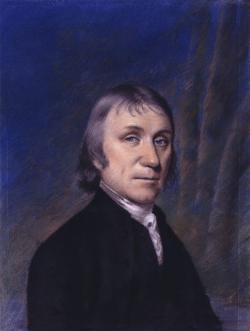
When Joseph Priestley discovered oxygen in 1774, he answered age-old questions of why and how things burn. An Englishman by birth, Priestley was deeply involved in politics and religion, as well as science. When his vocal support for the American and French revolutions made remaining in his homeland dangerous, Priestley left England in 1794 and continued his work in America until his death. His library of some 1,600 volumes and his chemical laboratory, where he first isolated carbon monoxide, were probably the best in the country at that time.

The church of Hagia Sophia (literally "Holy Wisdom") in Constantinople, now Istanbul, was first dedicated in 360 by Emperor Constantius, son of the city's founder, Emperor Constantine. Hagia Sophia served as the cathedra, or bishop's seat, of the city. Originally called Megale Ekklesia (Great Church), the name Hagia Sophia came into use around 430. The first church structure was destroyed during riots in 404; the second church, built and dedicated in 415 by Emperor Theodosius II, burned down during the Nika revolt of 532, which caused vast destruction and death throughout the city.
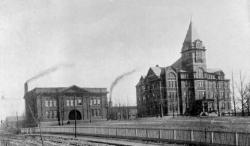
On Right: Tech Tower
Photo circa 1899 Era_date_from: 1888
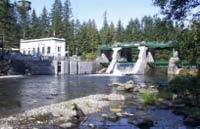
Requests for public power in Seattle began in the late 1890s and lead to the voter approval for building the Cedar Falls Water Supply hydroelectric dam plant in 1902. The first municipally developed and owned hydroelectric plant in the United States began operation in October 1904. The facility is situated one-half mile below Cedar Lake (later known as Chester Morse Lake) near North Bend in King County.
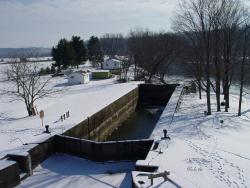
Most of the locks were 184 feet long and 36 feet wide, able to handle boats up to 160 feet long. The sandstone locks (along with wood miter gates, rock-filled timber-crib dams and bypass canals with guard gates) created a slackwater navigation system stretching over 90 miles.
Innovations

Preventing Wind Erosion Was The Primary Objective Of Fred Hoeme, a Hooker, Oklahoma Farmer, When He Developed A Heavy-Duty Chisel Plow In 1933. Hoeme And His Sons Manufactured And Sold About 2000 Plows From Their Farmstead. In 1938, W. T. Graham Purchased The Manufacturing And…
Read More

